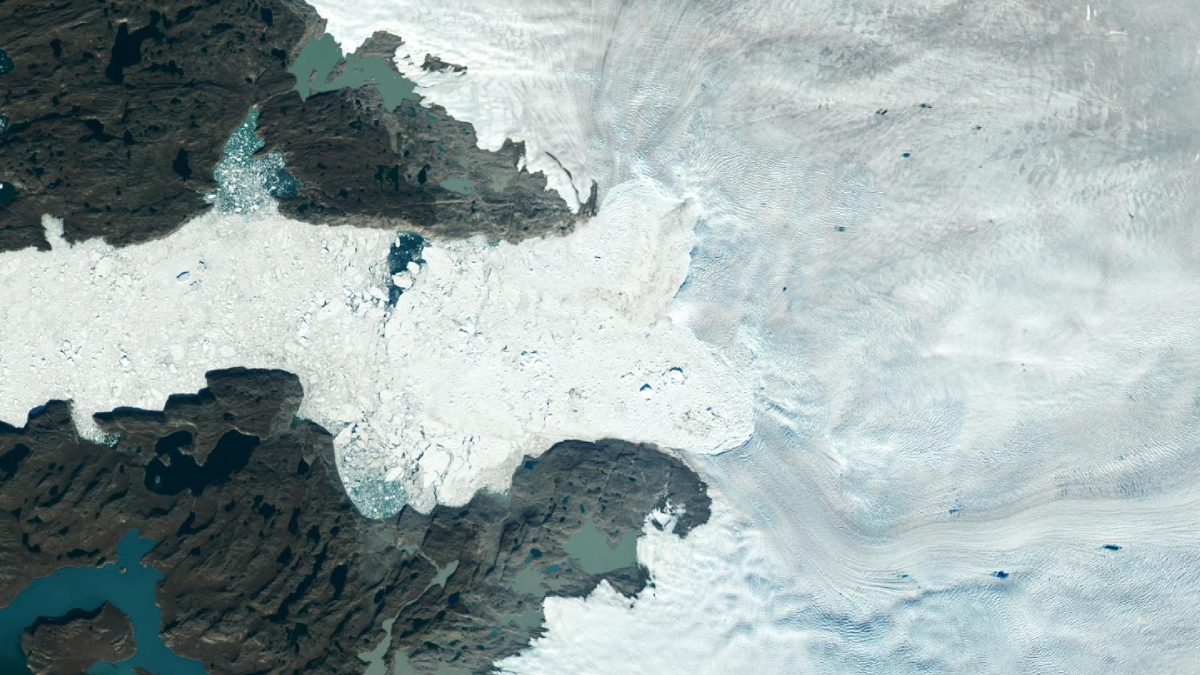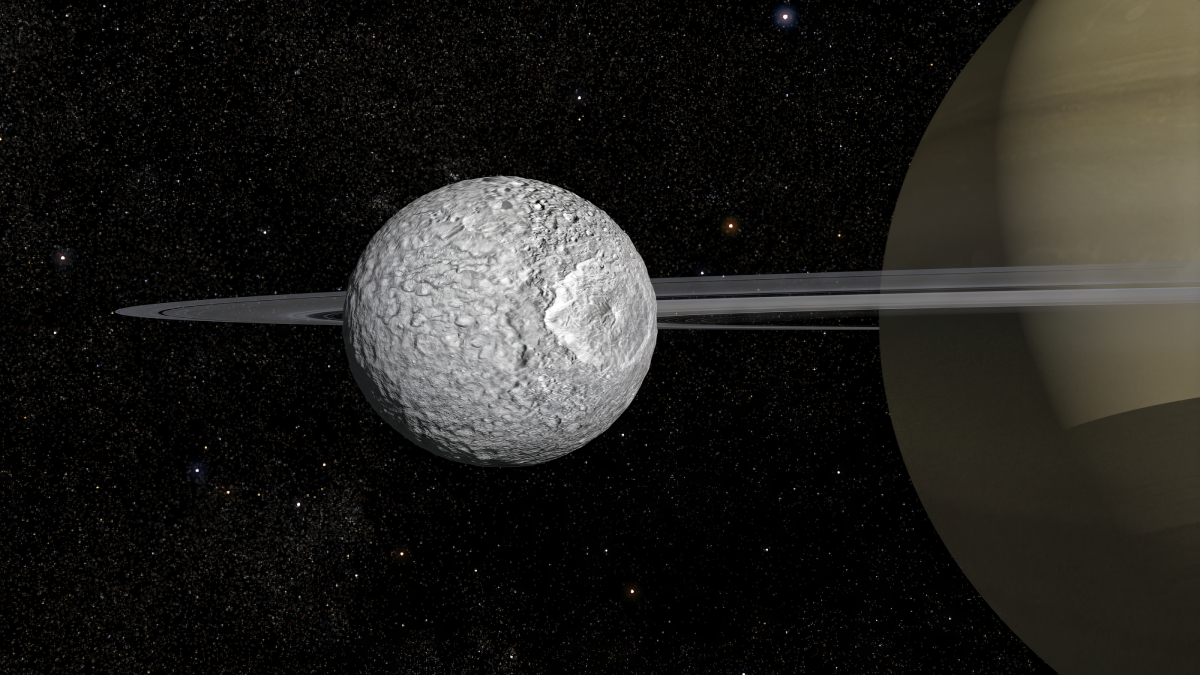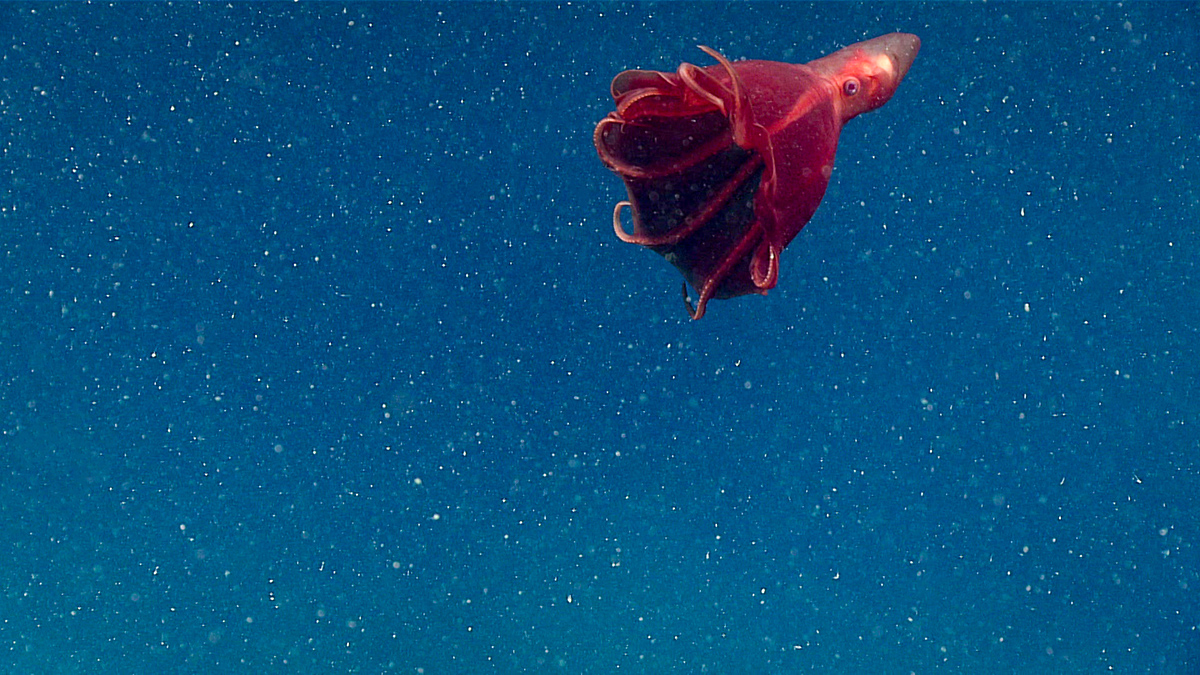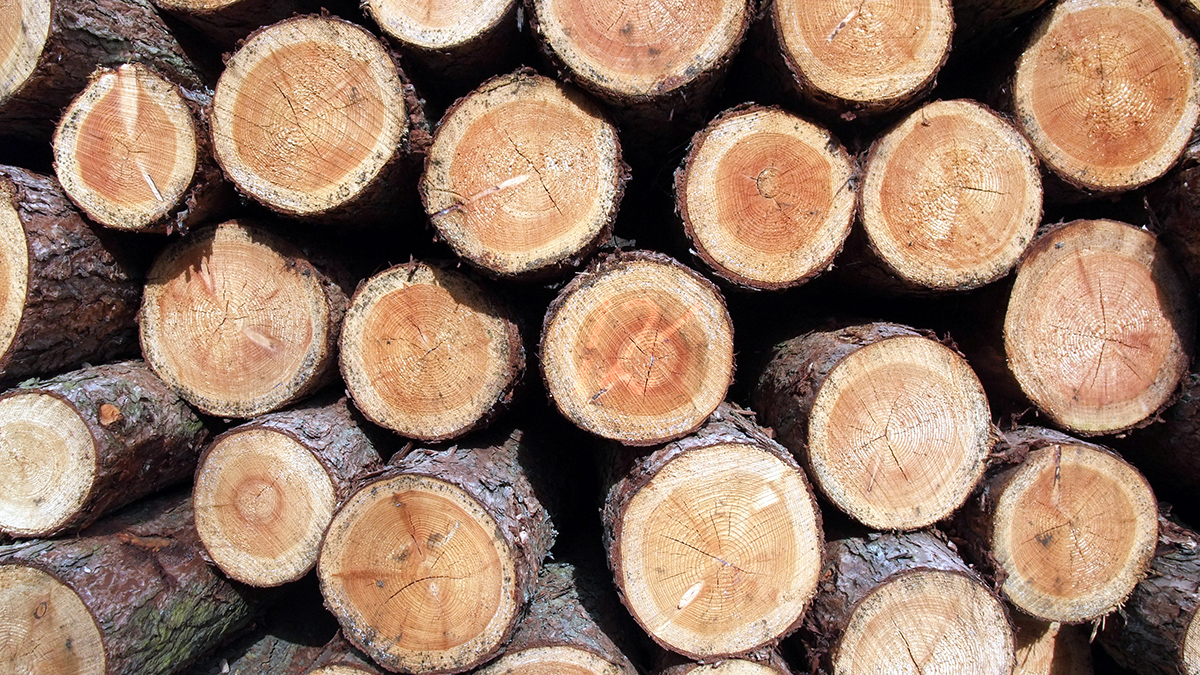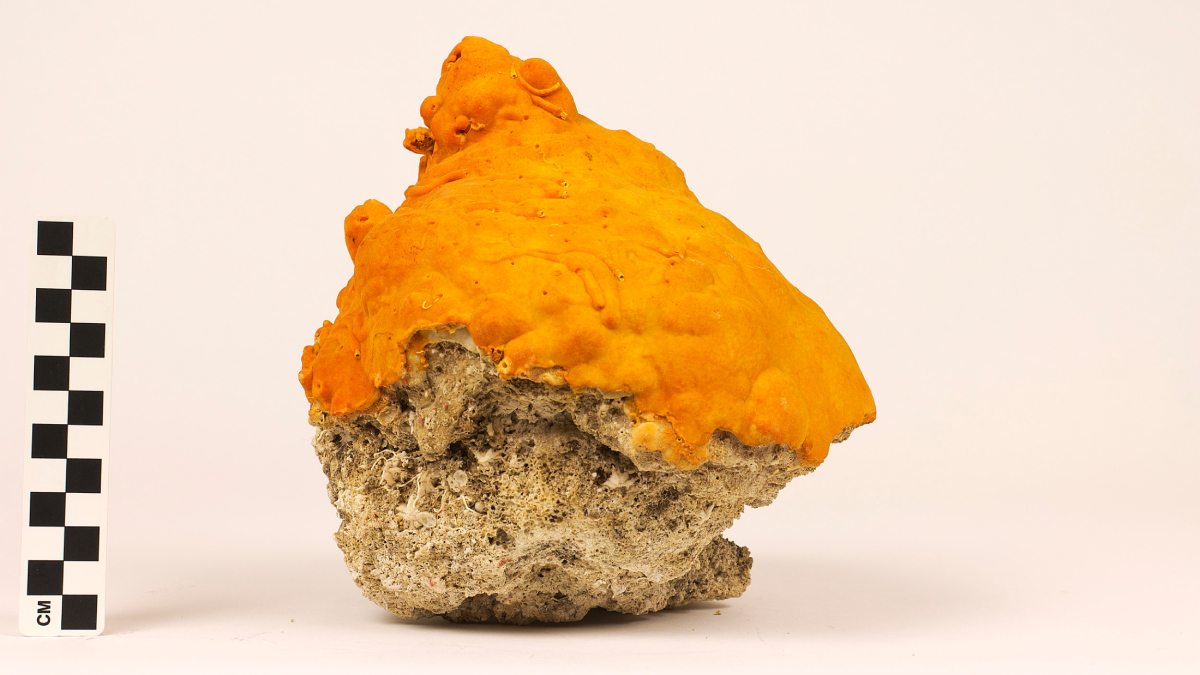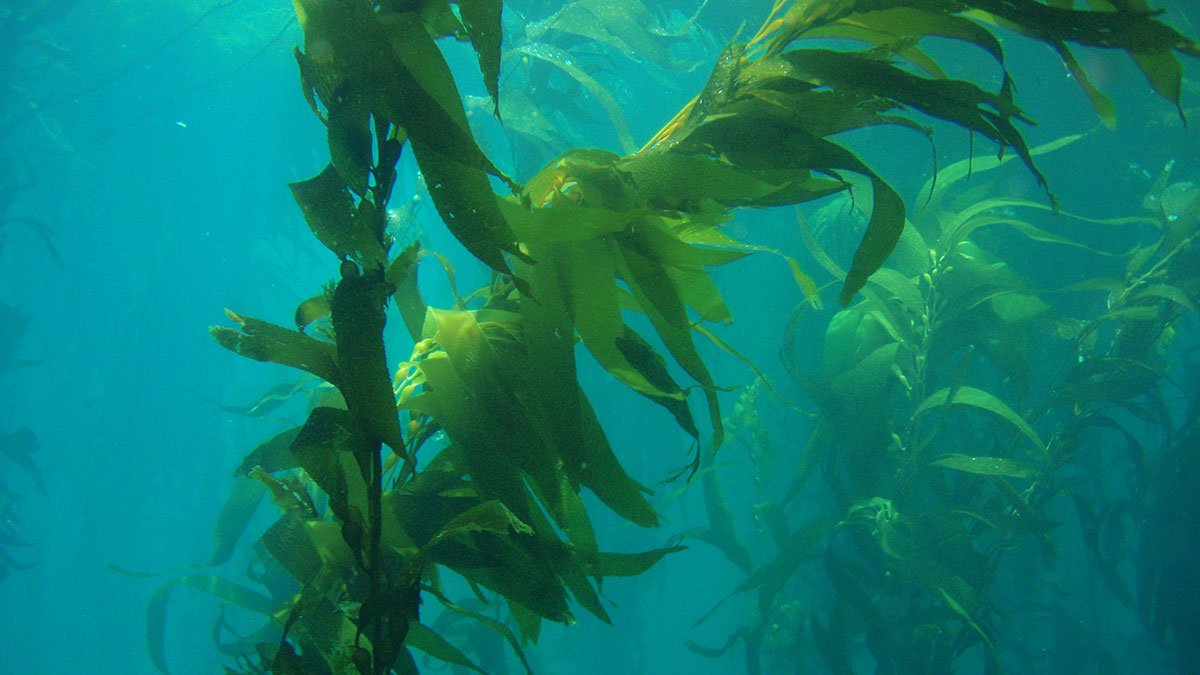The ice loss was hidden in places existing monitoring methods can’t reach, such as hard-to-map fjords. Machine learning helped scientist revise mass loss estimates and uncover patterns in glacial retreat.
News
That’s No Moon; It’s an Ocean World
If Saturn’s cratered moon Mimas has liquid water beneath its surface, ocean worlds might be far more common in the solar system than we thought.
Climate Scientist Michael Mann Confronts Defamers in Court After 12-Year Delay and Wins
The trial comes as climate impacts and attacks on science and its practitioners are worse than ever.
Los microplásticos son el ingrediente no tan secreto de la nieve marina
Partículas diminutas de plástico degradadas y cubiertas por biopelículas se hunden hasta el fondo marino llevando consigo carbono.
Poorer Countries Face Heavier Consequences of Climate Change
As forests shift to higher latitudes, nations to reckon with losses of both market and nonmarket ecosystem benefits.
We’ve Already Seen Category 6 Hurricanes—Now Scientists Want to Make It Official
Intensifying storms may warrant a new category of hurricane wind speeds.
Oceans May Have Already Seen 1.7°C of Warming
The global warming clock started ticking decades earlier than current estimates assume, according to Caribbean sponges.
New Satellite Will Help NASA Keep PACE with Earth Systems
Color and light measurements will help scientists better assess how our oceans and atmosphere interact.
Olivine May Have Given Life a Jump Start
A mineral common throughout the solar system nudges a reaction that produces sugar molecules from formaldehyde.
Cuando los bosques en la tierra arden, los bosques submarinos sienten el impacto
El kelp es un hábitat, un sumidero de carbono y un agente aglomerante en tu helado. Pero estudios recientes muestran que los bosques de kelp en California son afectados por el destino de sus contrapartes sobre tierra.

